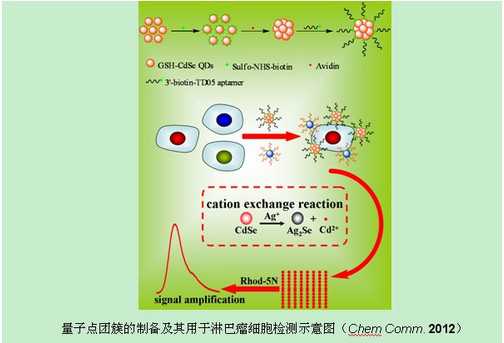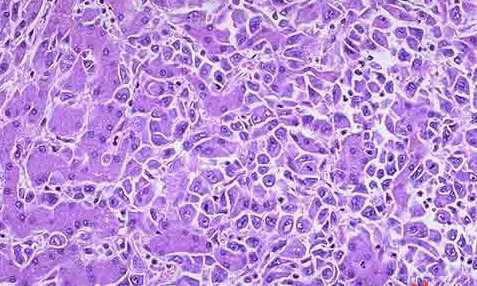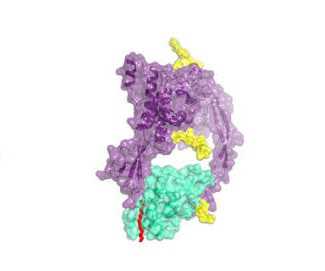Lancet Oncol:2030年世界癌症病例将增长2/3
2012-06-09 杨柳 国际在线
据澳大利亚《每日电讯报》6月1日报道,总部位于法国里昂的国际癌症研究机构(IARC)近日称,受人口增加和生活方式因素影响,到2030年,全球癌症病例可能增加75%。 国际癌症研究机构的弗雷迪·布雷(Freddie Bray)说,2008年有1270万人患癌,到2030年将有2220万人患癌,其中90%发生在最贫困国家。布雷称,许多国家因感染导致的癌症病例在减少,但与西方饮食习惯有关的癌症病例却在

据澳大利亚《每日电讯报》6月1日报道,总部位于法国里昂的国际癌症研究机构(IARC)近日称,受人口增加和生活方式因素影响,到2030年,全球癌症病例可能增加75%。
国际癌症研究机构的弗雷迪·布雷(Freddie Bray)说,2008年有1270万人患癌,到2030年将有2220万人患癌,其中90%发生在最贫困国家。布雷称,许多国家因感染导致的癌症病例在减少,但与西方饮食习惯有关的癌症病例却在增加。相关研究成果刊登在了国际著名杂志The Lancet Oncology上。
2008年,富裕国家癌症病例中有一半是乳腺癌、肺癌、肠癌以及前列腺癌。而在中等收入国家,食道癌、肝癌以及胃癌相对更常见。但在这两类国家中,宫颈癌与胃癌病例都在减少。在贫困国家中,宫颈癌病例更多,远超乳腺癌和肝癌患癌病例。研究称:“通过早期预防、接种疫苗、早期诊断以及有效治疗,当可减少癌症病例。”

doi:10.1016/S1470-2045(12)70211-5
PMC:
PMID:
Global cancer transitions according to the Human Development Index (2008—2030): a population-based study
Dr Freddie Bray PhD a , Ahmedin Jemal PhD b, Nathan Grey PhD b, Jacques Ferlay ME a, David Forman PhD a
Background Cancer is set to become a major cause of morbidity and mortality in the coming decades in every region of the world. We aimed to assess the changing patterns of cancer according to varying levels of human development. Methods We used four levels (low, medium, high, and very high) of the Human Development Index (HDI), a composite indicator of life expectancy, education, and gross domestic product per head, to highlight cancer-specific patterns in 2008 (on the basis of GLOBOCAN estimates) and trends 1988—2002 (on the basis of the series in Cancer Incidence in Five Continents), and to produce future burden scenario for 2030 according to projected demographic changes alone and trends-based changes for selected cancer sites. Findings In the highest HDI regions in 2008, cancers of the female breast, lung, colorectum, and prostate accounted for half the overall cancer burden, whereas in medium HDI regions, cancers of the oesophagus, stomach, and liver were also common, and together these seven cancers comprised 62% of the total cancer burden in medium to very high HDI areas. In low HDI regions, cervical cancer was more common than both breast cancer and liver cancer. Nine different cancers were the most commonly diagnosed in men across 184 countries, with cancers of the prostate, lung, and liver being the most common. Breast and cervical cancers were the most common in women. In medium HDI and high HDI settings, decreases in cervical and stomach cancer incidence seem to be offset by increases in the incidence of cancers of the female breast, prostate, and colorectum. If the cancer-specific and sex-specific trends estimated in this study continue, we predict an increase in the incidence of all-cancer cases from 12·7 million new cases in 2008 to 22·2 million by 2030. Interpretation Our findings suggest that rapid societal and economic transition in many countries means that any reductions in infection-related cancers are offset by an increasing number of new cases that are more associated with reproductive, dietary, and hormonal factors. Targeted interventions can lead to a decrease in the projected increases in cancer burden through effective primary prevention strategies, alongside the implementation of vaccination, early detection, and effective treatment programmes. Funding None.
本网站所有内容来源注明为“梅斯医学”或“MedSci原创”的文字、图片和音视频资料,版权均属于梅斯医学所有。非经授权,任何媒体、网站或个人不得转载,授权转载时须注明来源为“梅斯医学”。其它来源的文章系转载文章,或“梅斯号”自媒体发布的文章,仅系出于传递更多信息之目的,本站仅负责审核内容合规,其内容不代表本站立场,本站不负责内容的准确性和版权。如果存在侵权、或不希望被转载的媒体或个人可与我们联系,我们将立即进行删除处理。
在此留言














#Oncol#
59
#Lancet#
48